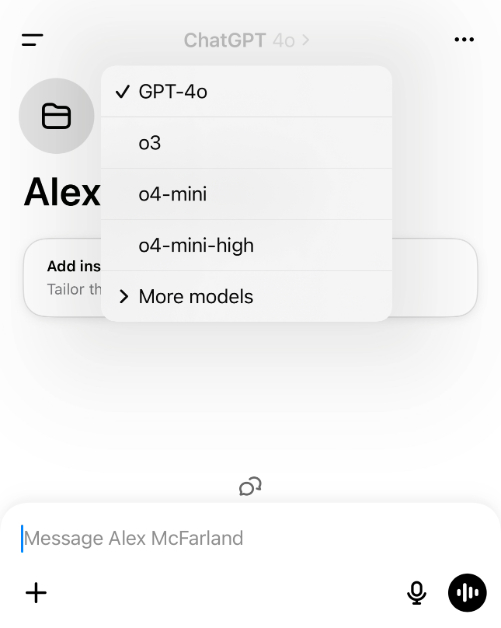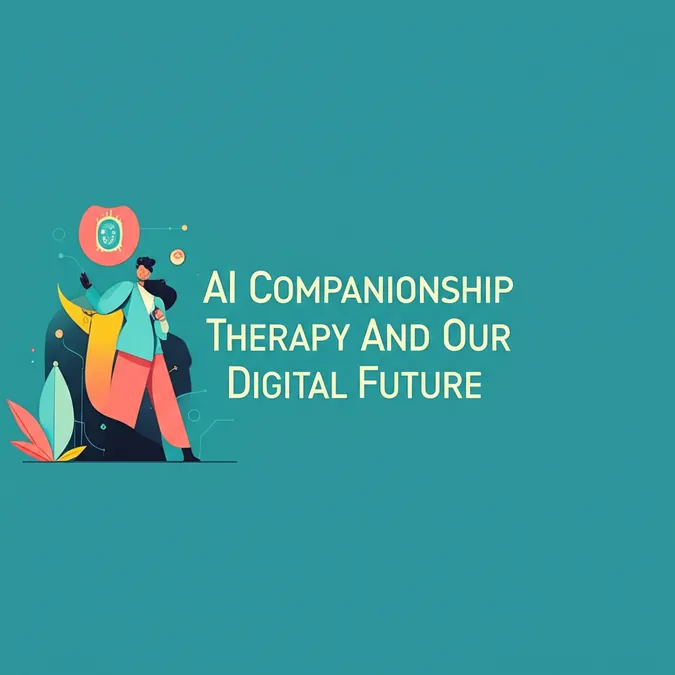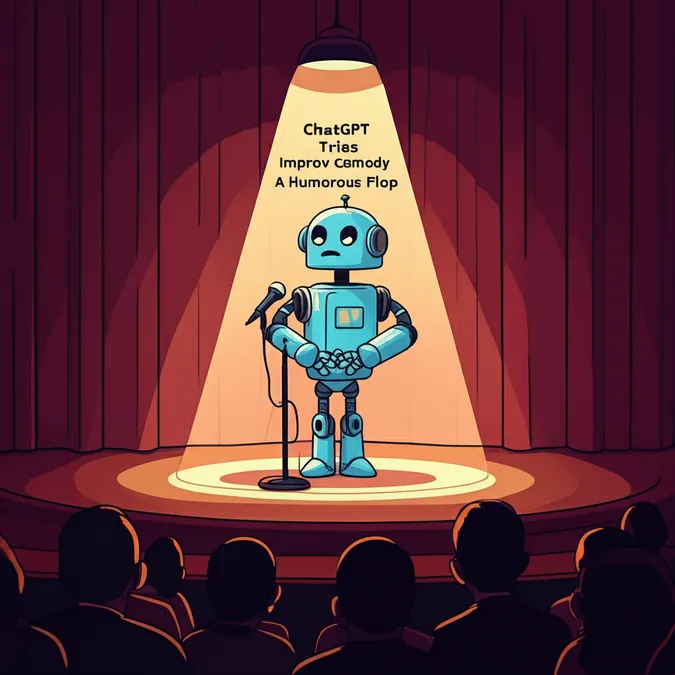ChatGPT Projects Gets Major Productivity Upgrade
ChatGPT Projects has just rolled out its most significant update since its launch, bringing substantial implications for user productivity. OpenAI announced an upgrade to the Project feature, incorporating several key tools designed to enhance your efficiency while using the chatbot. For those who rely on Projects to organize research, manage code repositories, or coordinate complex creative endeavors, these six new features fundamentally alter what you can achieve within the platform.
Key New Features in ChatGPT Projects
Voice Mode Now Integrated into Projects
ChatGPT Advanced Voice Mode is now available directly within Projects. This means you can discuss your files and previous chats with the AI using your voice. This is more than a convenience; it transforms mobile workflows. Imagine reviewing quarterly reports while on a walk, brainstorming product features during your commute, or dictating code documentation completely hands-free.
The system's implementation goes beyond basic transcription. Voice mode retains the full context of your project, allowing you to naturally reference specific documents, earlier conversations, or custom instructions. This feature is particularly useful for brainstorming, reviewing documents, or asking questions when you're on the move. The AI responds as if it has been part of every conversation in your project—because, effectively, it has.

Enhanced Memory for True Project Continuity
The memory upgrade could be the most transformative addition. For Plus or Pro users, ChatGPT's memory can now reference past chats within your project. This ensures responses remain focused and informed by your previous interactions, creating genuine continuity across different sessions.
Consider a marketing project that spans multiple campaigns. Previously, you would need to remind ChatGPT about brand voice decisions, rejected concepts, or strategic pivots in each new chat. Now, the AI automatically maintains this institutional knowledge. ChatGPT references your recent conversations to provide responses that feel more relevant and tailored to you, specifically within the boundaries of each project.
Full Mobile Functionality Unlocked
You can now upload files and switch between AI models directly from the ChatGPT mobile app. This removes the desktop dependency that previously hindered fieldwork. Architects can photograph site conditions and immediately integrate them into design projects. Journalists can upload interview transcripts while on location. Researchers can capture and analyze data without needing to return to their desks.
The model-switching capability on mobile is especially noteworthy. Users can toggle between GPT-4o for complex reasoning and faster models for quick queries, optimizing for either depth or speed based on their immediate needs—all from their phones. This flexibility is in line with the best large language models available, where different models excel at different tasks.

Precise Sharing Controls for Collaboration
Projects now enable you to generate a unique link to share a single conversation, without exposing the rest of your project's files or custom instructions. This granular control addresses a persistent challenge in collaborative AI work.
Consultants can share specific analyses with clients without revealing proprietary methodologies. Educators can distribute individual lessons while keeping complete curricula protected. Development teams can showcase features without exposing entire codebases. This sharing system respects both the need for transparency and concerns about intellectual property, making it ideal for AI collaboration tools in professional settings.

Expanded File Capacity and Smarter Processing
You can upload up to 20 documents per Project. However, the real advancement is in how ChatGPT processes these files. The system now has an improved understanding of the relationships between documents, cross-references information automatically, and maintains awareness of file hierarchies.
When you upload a file to a Project, it will only apply to the context of that specific Project. This isolation prevents data leakage between projects while enabling deep integration within them. For instance, financial analysts can upload years of reports, confident that ChatGPT will synthesize insights without contaminating other client work. This capability rivals dedicated AI tools for data analysts, but it's available within the familiar ChatGPT interface.
Project Specific Custom Instructions
Instructions set within your Project will not interact with any conversations outside of that Project. Furthermore, they will supersede any custom instructions set at your general ChatGPT account level. This hierarchical system allows for unprecedented specialization.
A technical writer might configure one project for API documentation with specific formatting requirements, while another project focuses on user guides with entirely different voice and structure needs. Each project effectively becomes a specialized AI assistant, finely tuned for particular tasks.
Addressing Privacy for Enterprise Users
OpenAI will not use information within Projects to improve ChatGPT by default for Team, Enterprise, and Edu users. Free, Plus, and Pro users will need to turn off the “Improve the model for everyone” setting to prevent their data from being used to train the AI.
This tiered privacy model acknowledges the different needs of various users. Enterprises handling sensitive data receive automatic protection, while individual users maintain control through their settings. OpenAI clarifies that projects inherit your existing privacy settings, and no data is used for model training if those settings are turned off.
Strategic Impact and Future Developments
These upgrades position ChatGPT Projects as more than just an organizational tool; they create persistent AI workspaces that learn and evolve alongside their users. The combination of voice integration, contextual memory, and granular controls suggests that OpenAI views Projects as fundamental to ChatGPT's future, rather than an ancillary feature.
Projects are slated to roll out to ChatGPT Enterprise and Edu users early next year, indicating that institutional adoption remains a key priority. As organizations increasingly integrate AI into their core workflows, features like Projects become essential infrastructure, not just nice-to-have additions. This aligns with broader 2025 AI trends that show AI moving from experimental tools to operational necessities.
The trajectory is clear: ChatGPT Projects will likely gain real-time collaboration features, deeper third-party integrations, and possibly project templates for common use cases. The current updates lay the groundwork for these expansions while addressing immediate user needs.
For professionals already invested in ChatGPT Projects, these features enable entirely new approaches to AI-assisted work. The question isn't whether to adopt these features, but how quickly organizations can restructure their processes to fully leverage them.
As AI tools proliferate, ChatGPT Projects demonstrates that the winning platforms will not be those with the most features, but those that best understand how humans actually work. By focusing on continuity, context, and control, OpenAI has created something increasingly rare in the AI space: a tool that enhances human capability without requiring humans to fundamentally change how they think.


